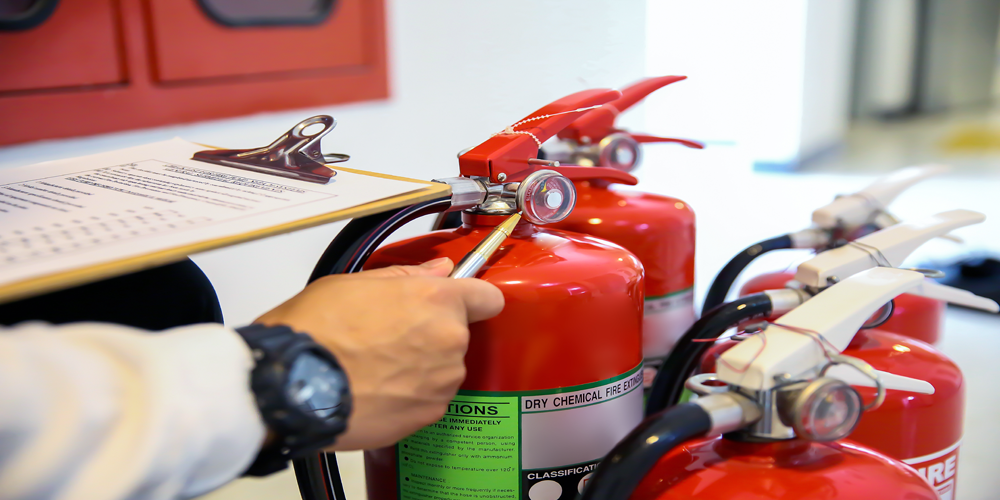Comprehensive Guide to Buying Fire Protection Equipment: Ensuring Safety and Compliance
Safeguarding lives and property is of paramount importance. Fire incidents can occur unexpectedly, and the need for reliable fire protection equipment cannot be overstated. Whether you’re a homeowner, business owner, or responsible for the safety of a public space, investing in high-quality fire protection equipment is crucial. This comprehensive guide aims to provide you with the essential knowledge and considerations when buying fire protection equipment.
I. Understanding the Importance of Fire Protection Equipment:
1.1 The Impact of Fire Incidents:
Fire incidents can lead to devastating consequences, causing loss of life, property damage, and financial implications. Having the right fire protection equipment in place is the first line of defense against such disasters.
1.2 Legal and Regulatory Compliance:
Many jurisdictions have stringent regulations regarding fire safety, and compliance is not just a matter of best practice but a legal requirement. Purchasing approved and certified fire protection equipment ensures adherence to these regulations, avoiding legal consequences.
II. Types of Fire Protection Equipment:
2.1 Fire Extinguishers:
Fire extinguishers are essential tools for quickly suppressing small fires. Understanding the different types of fire extinguishers (water, foam, CO2, dry chemical, etc.) and their appropriate applications is crucial.
2.2 Fire Sprinkler Systems:
Automatic fire sprinkler systems are effective in rapidly controlling and suppressing fires in large spaces. The guide explores the various types of sprinkler systems and their suitability for different environments.
2.3 Fire Alarms and Detection Systems:
Early detection of a fire is vital for a prompt response. We delve into the types of fire alarm systems, including smoke detectors, heat detectors, and advanced detection technologies.
2.4 Emergency Exit Signs and Lighting:
In the event of a fire, clear evacuation routes are crucial. Emergency exit signs and lighting guide people to safety, and compliance with building codes is essential when selecting these components.
2.5 Fire Blankets and Fire Hose Reels:
For specific fire scenarios, having fire blankets and hose reels can be beneficial. This section explores their applications and the considerations when choosing them.
III. Key Considerations When Buying Fire Protection Equipment:
3.1 Risk Assessment:
Before purchasing fire protection equipment, conducting a thorough risk assessment of the space is crucial. Identifying potential fire hazards and assessing the specific needs of the environment will guide the selection process.
3.2 Applicable Regulations:
Understanding local and national fire safety regulations is paramount. Different environments may have specific requirements, and compliance is non-negotiable.
3.3 Quality and Certification:
Investing in certified and high-quality fire protection equipment ensures reliability and performance. Recognized certification agencies validate the effectiveness of the equipment, providing peace of mind.
3.4 Maintenance Requirements:
Regular maintenance is essential to ensure that fire protection equipment remains in optimal condition. Consider the ease of maintenance and factor in associated costs when making purchasing decisions.
3.5 Training and Education:
Having the right equipment is only part of the solution. Proper training for occupants, employees, or anyone responsible for using the equipment is crucial. Evaluate the training and educational resources provided by the equipment supplier.
IV. The Purchasing Process:
4.1 Choosing a Reputable Supplier:
Selecting a reliable supplier is key to obtaining high-quality fire protection equipment. Researching suppliers, reading reviews, and checking references can help ensure a trustworthy partnership.
4.2 Budget Considerations:
While safety is paramount, budget constraints are a reality. This section provides insights into balancing the need for quality with budget considerations and exploring cost-effective options without compromising safety.
4.3 Customization Options:
Different spaces have unique fire safety requirements. Consider suppliers who offer customization options to tailor solutions to the specific needs of your environment.
4.4 Warranty and Support:
Understanding the warranty and support options provided by the supplier is crucial. A comprehensive warranty and reliable customer support can be invaluable in ensuring the long-term effectiveness of your fire protection equipment.
Investing in Fire Protection Equipment
Investing in fire protection equipment is an investment in the safety and well-being of individuals and property. By understanding the different types of equipment, considering key factors, and following a thorough purchasing process, you can create a robust fire protection strategy.
Prioritizing safety not only ensures compliance with regulations but also provides peace of mind in the face of unforeseen events. Take the time to evaluate your needs, engage with reputable suppliers, and make informed decisions to protect what matters most.
